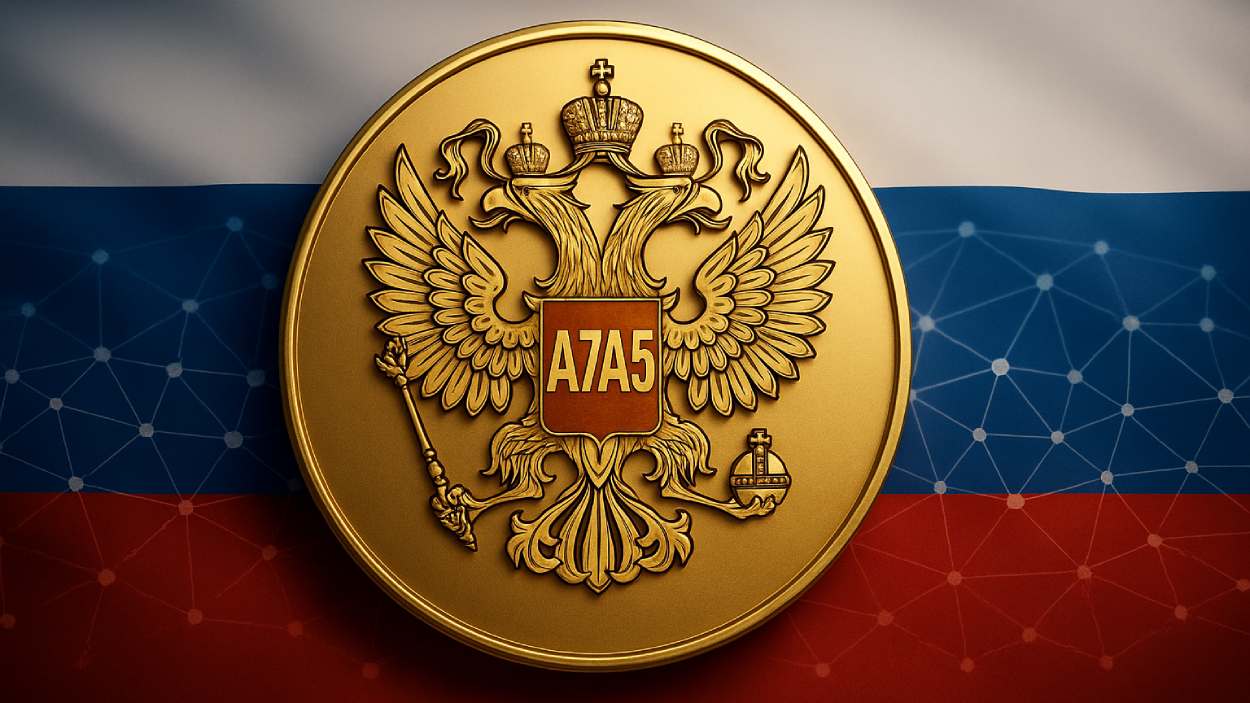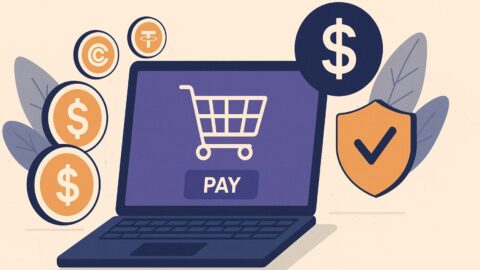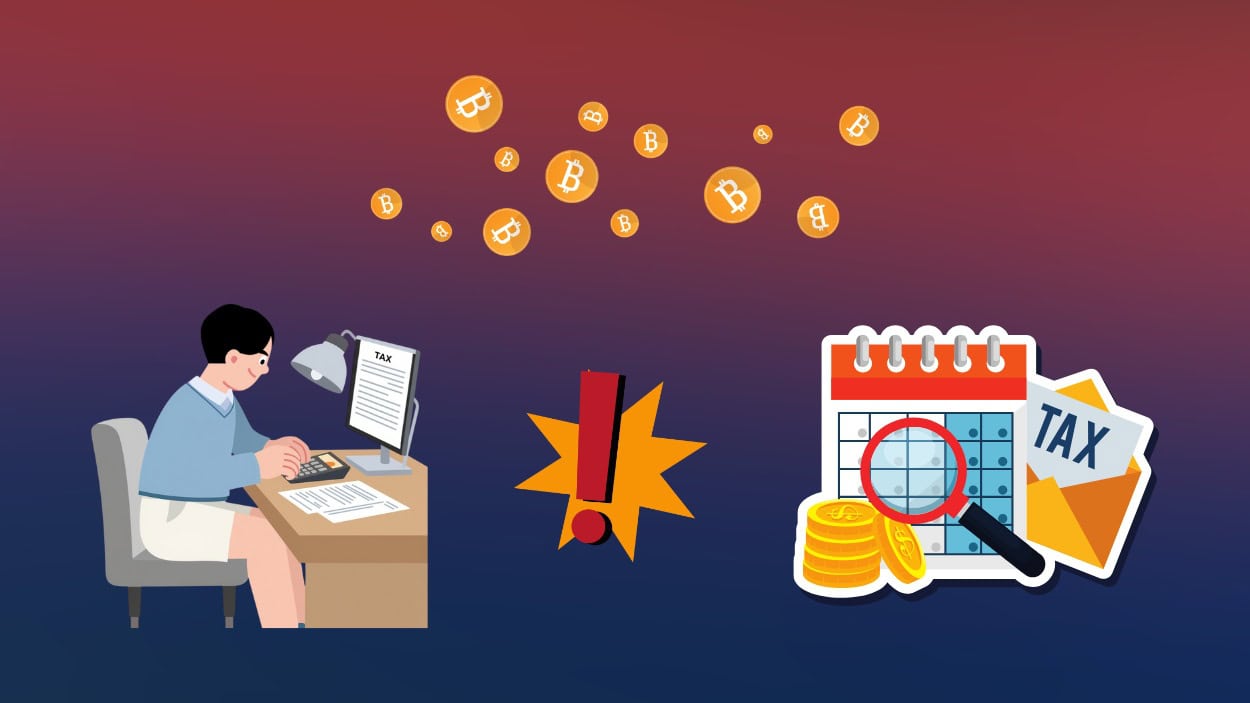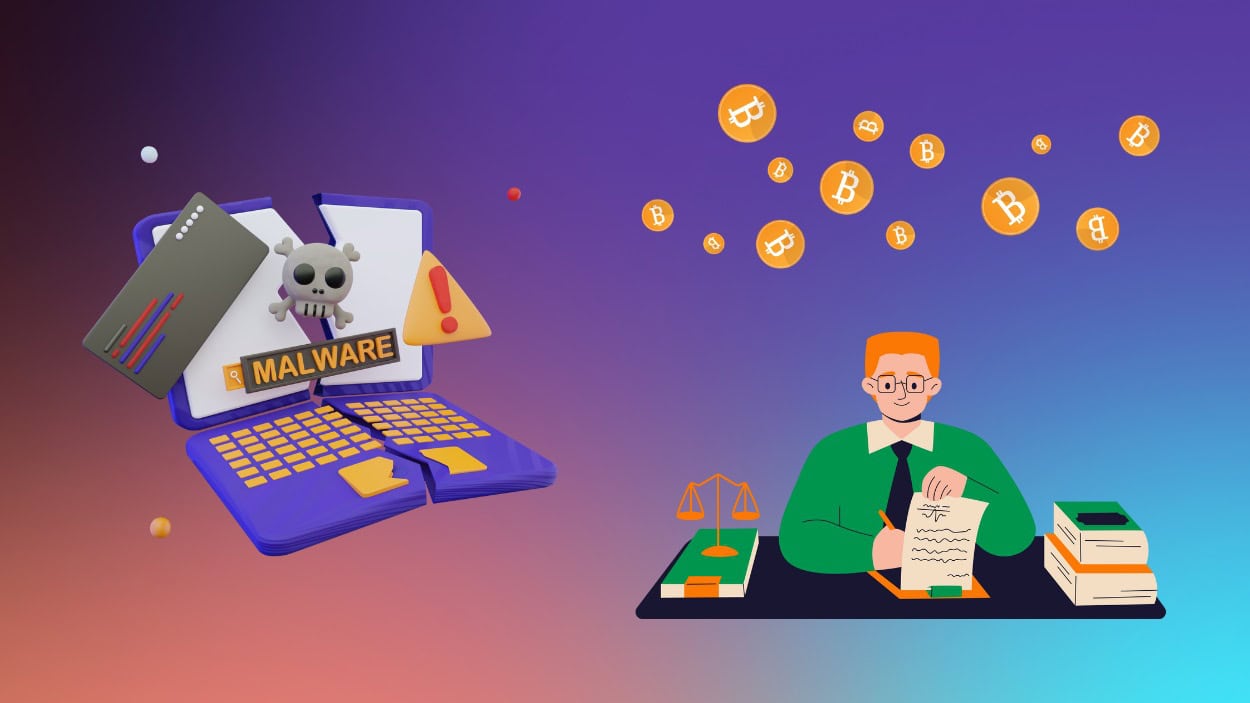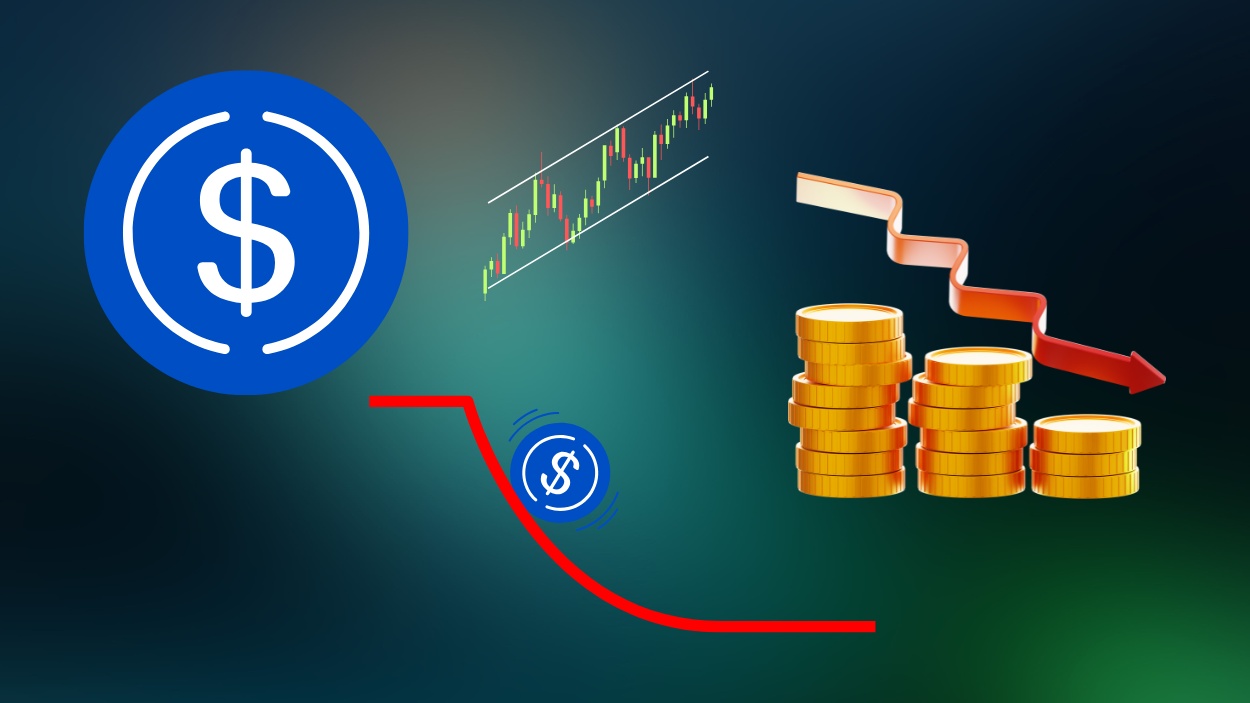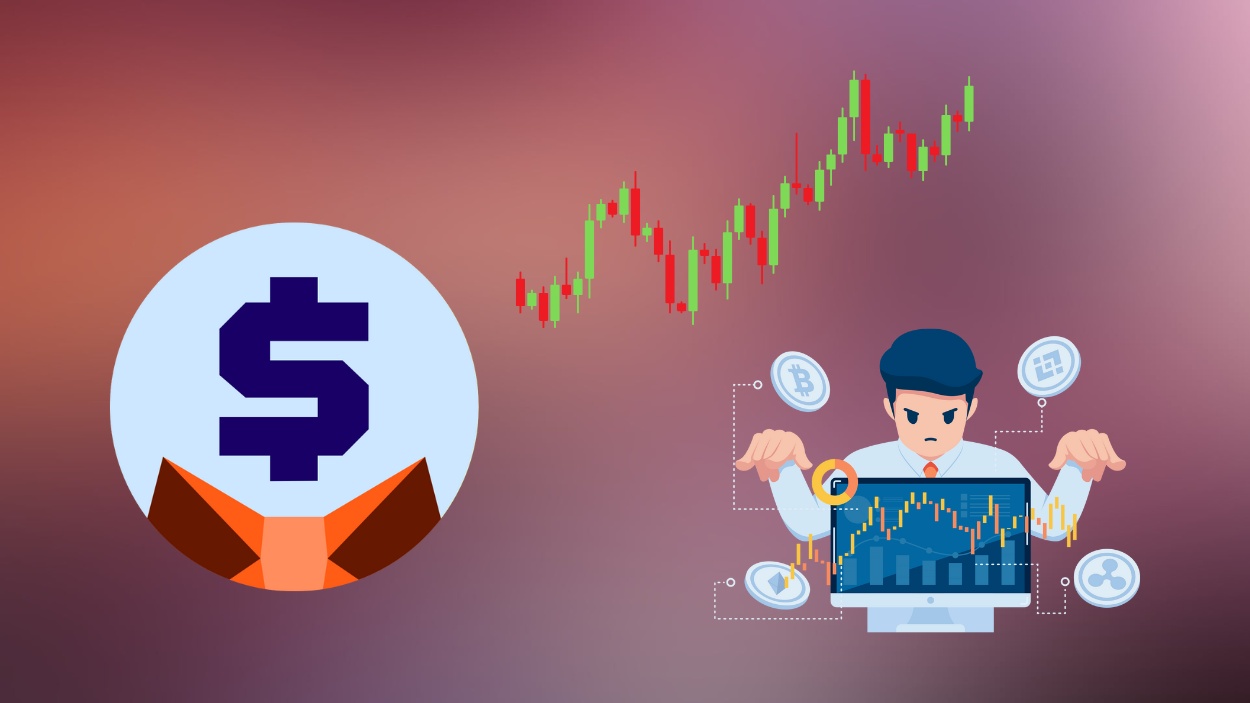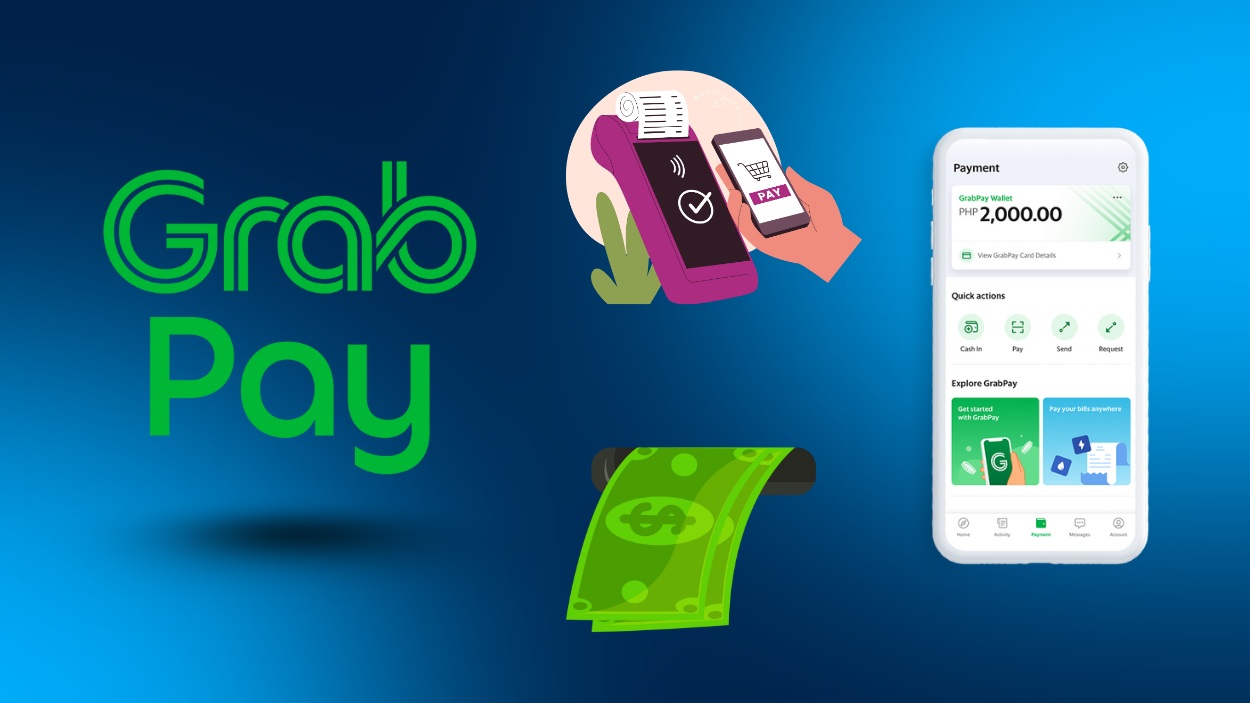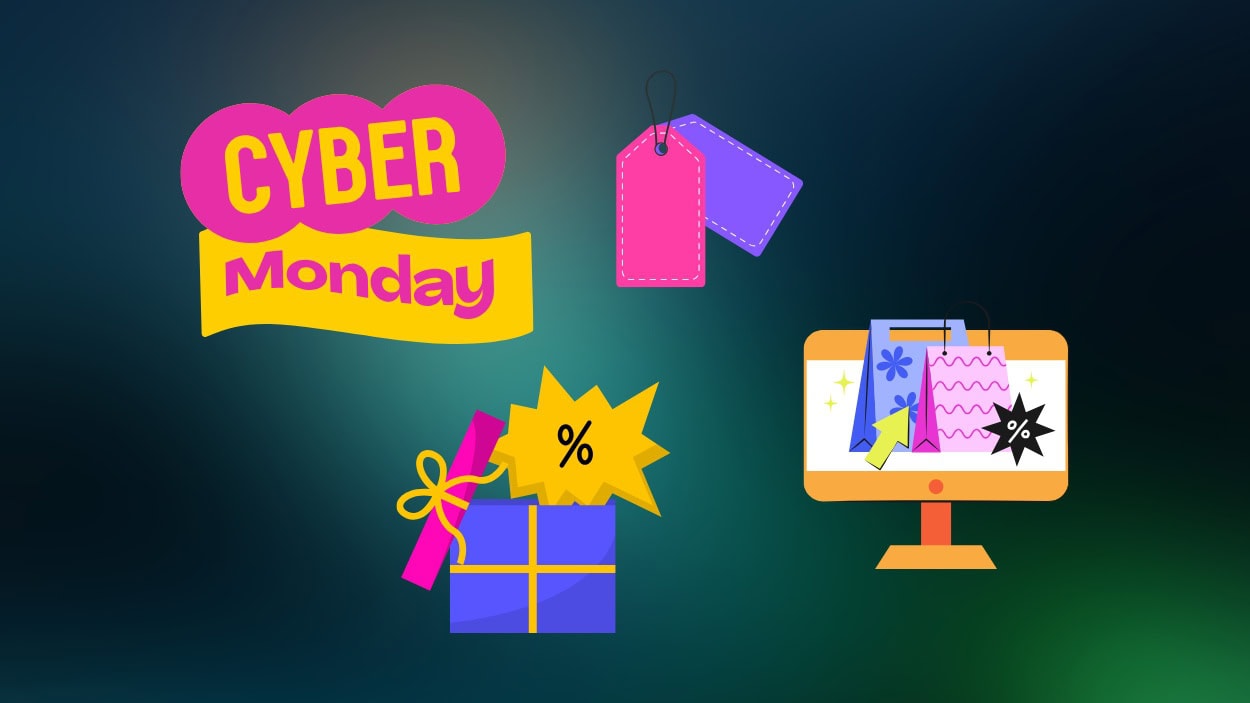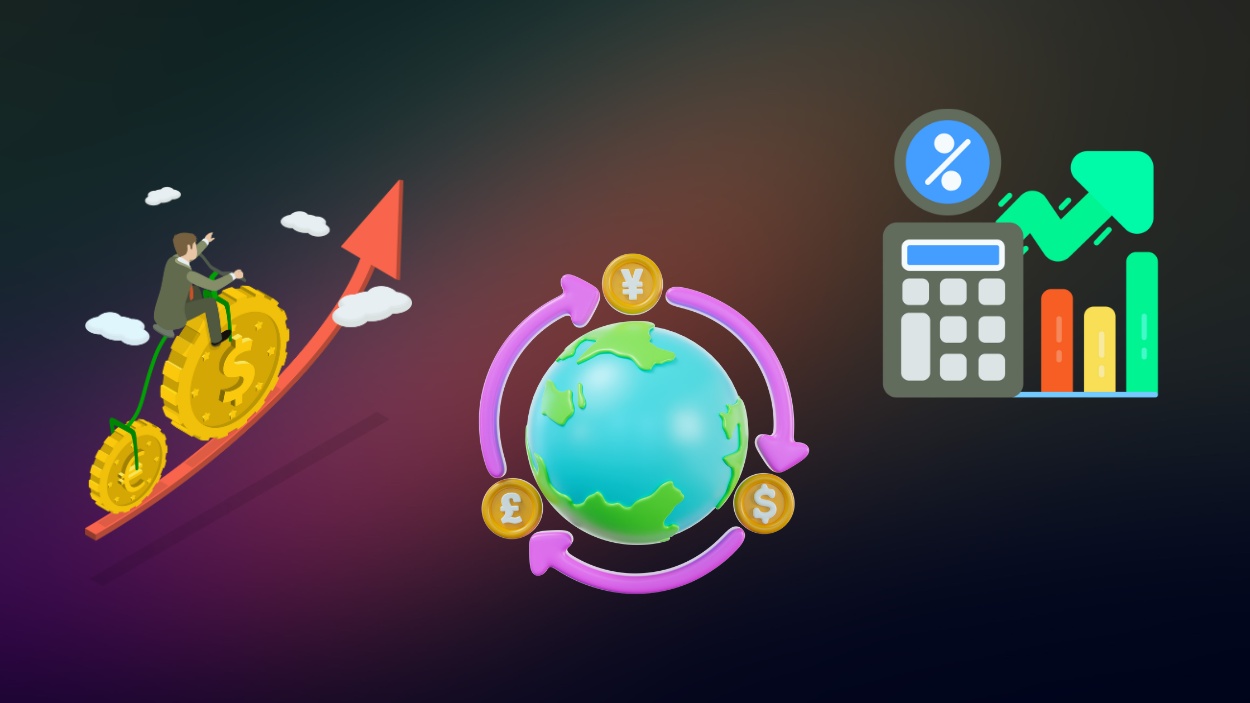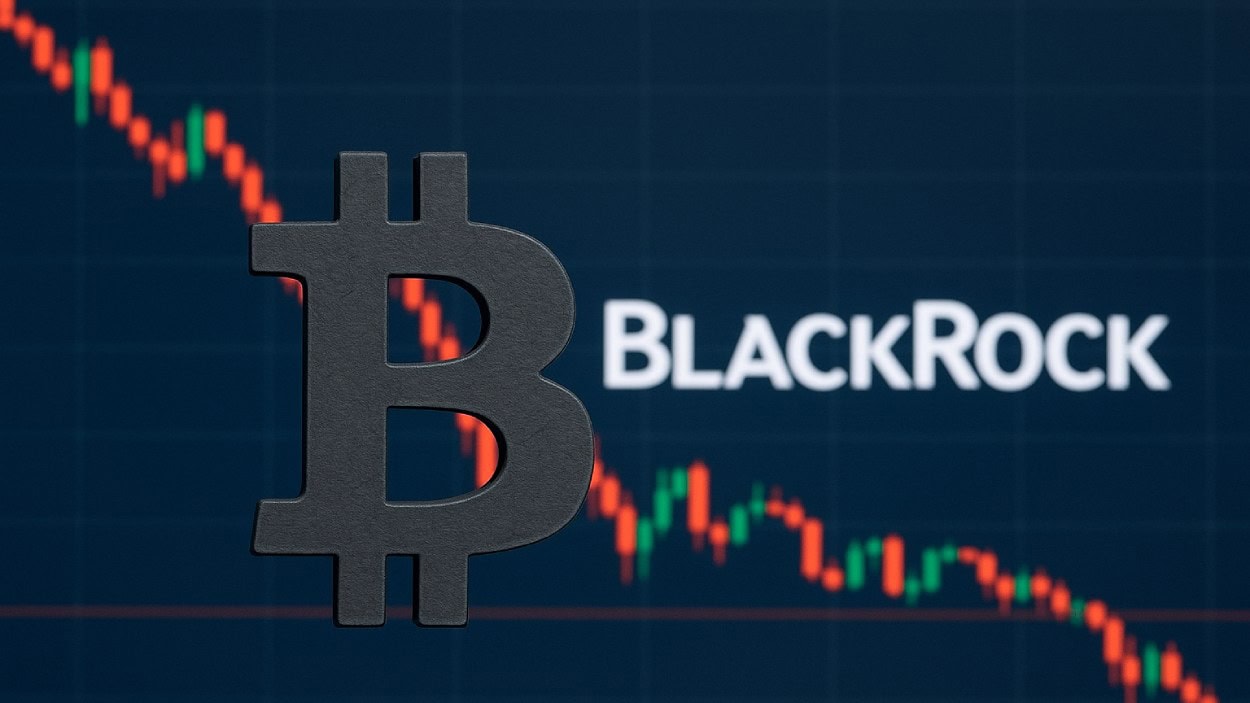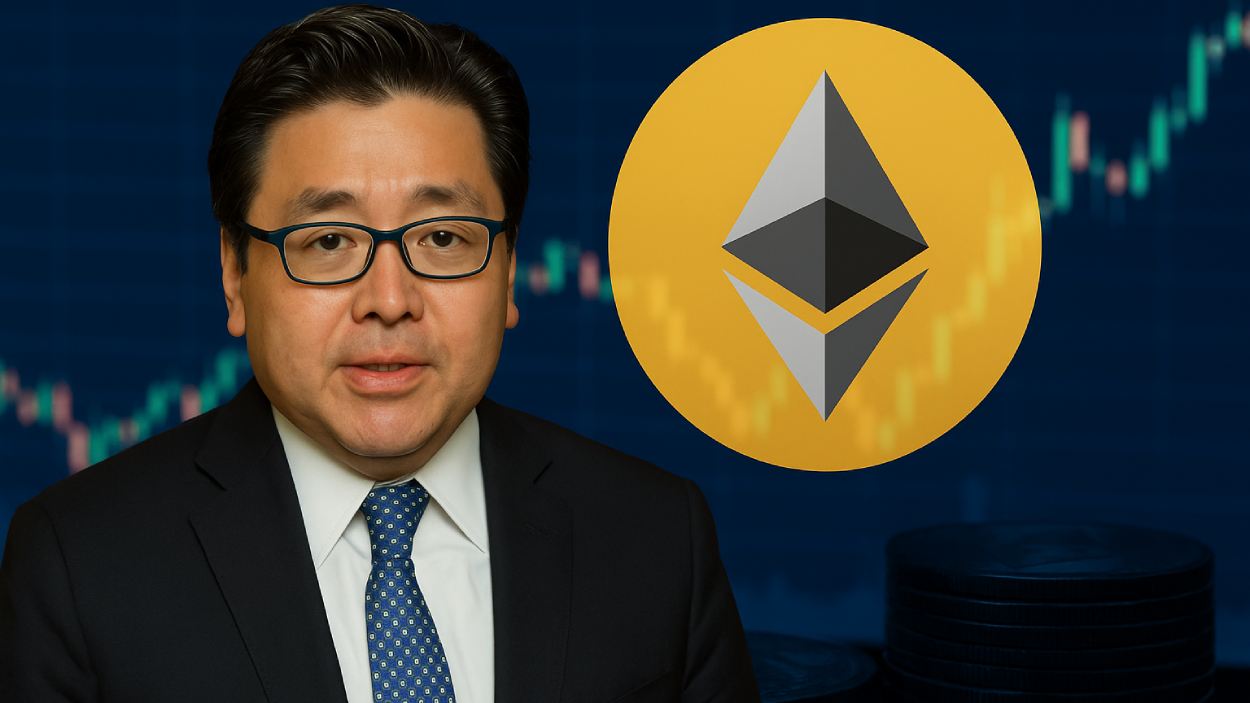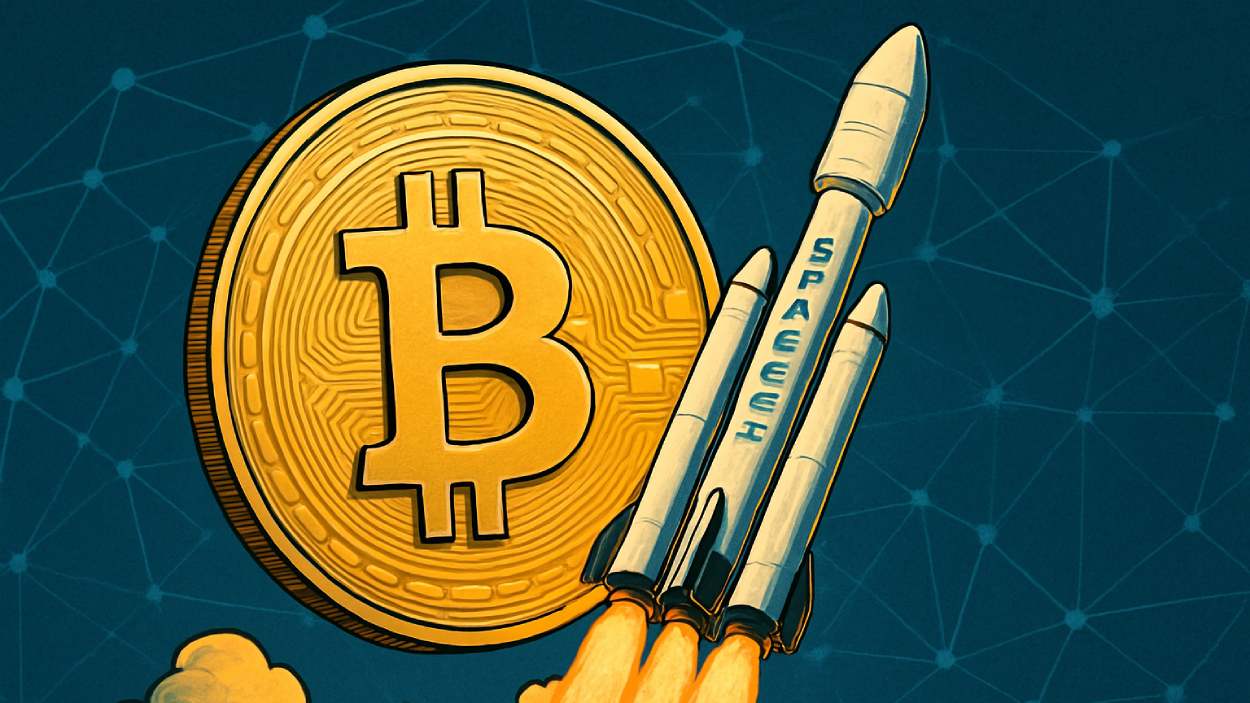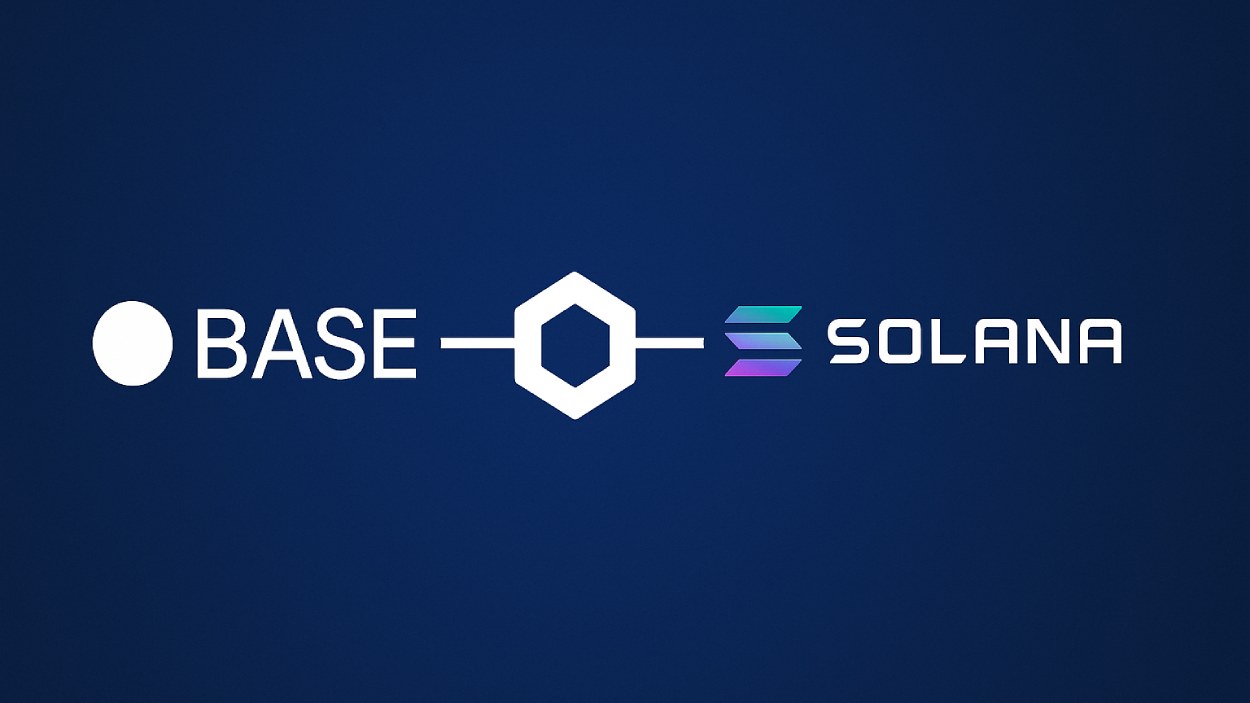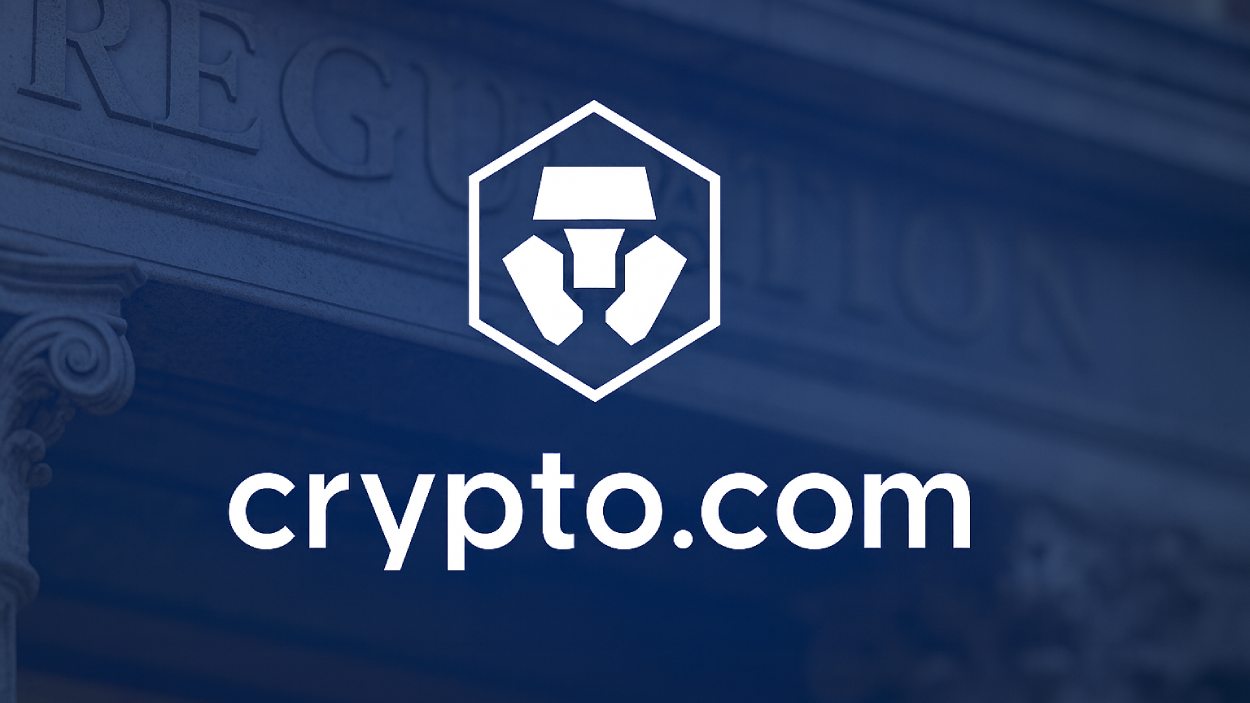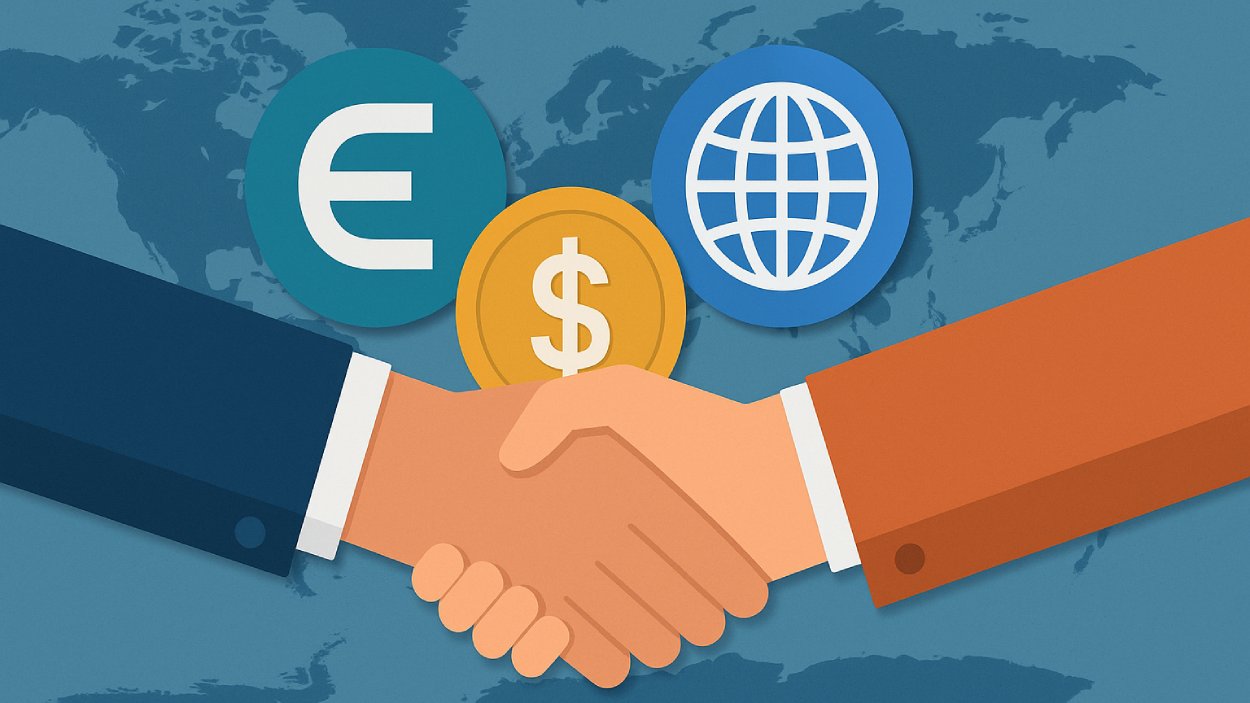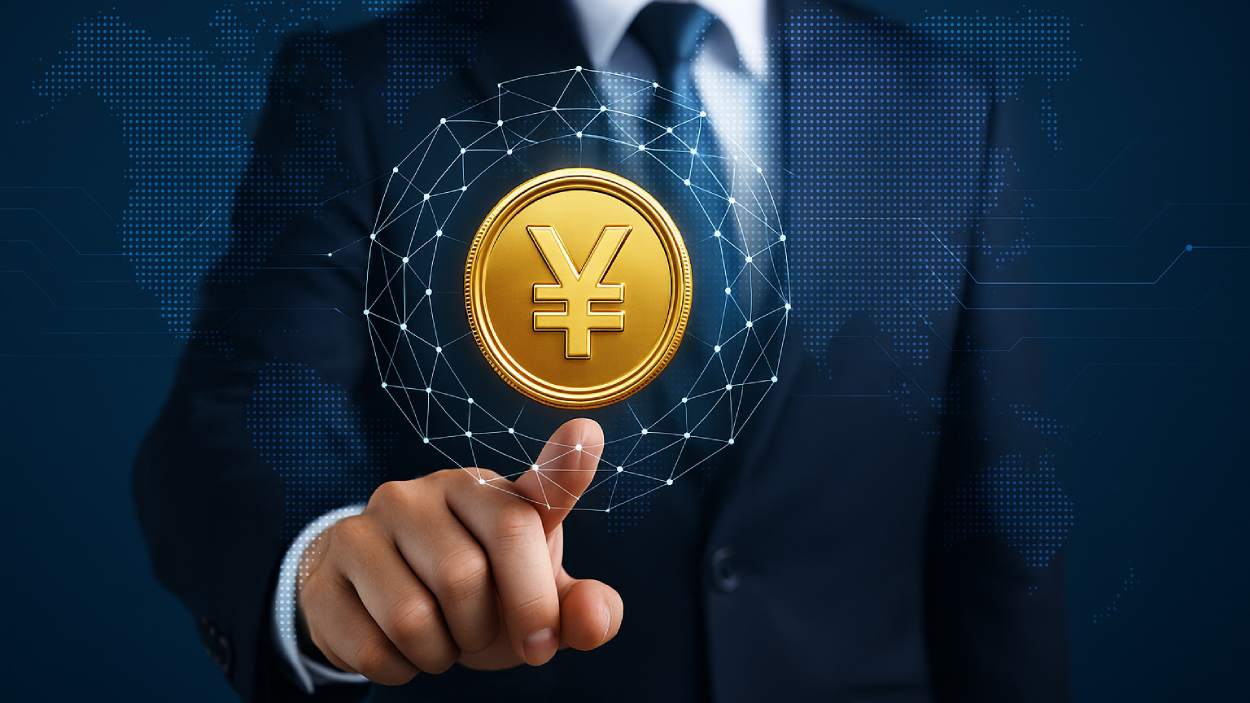A ruble-backed stablecoin at the heart of Russia’s digital payment network has processed over $6 billion in transactions despite being linked to U.S.-sanctioned entities.
Key Takeaways
- The A7A5 stablecoin moved $6.1 billion in transactions since U.S. sanctions hit its operators in August 2025.
- Over 80% of A7A5 tokens were destroyed and re-minted to sever links with wallets tied to the sanctioned Grinex exchange.
- Russia granted A7A5 official status as a digital financial asset, legalizing its use for international trade.
- The Central Bank of Russia plans a national crypto audit in early 2026 to assess holdings and transactions across the sector.
What Happened?
After the U.S. imposed sanctions in August 2025 against Russian crypto operators, including the Grinex exchange, the A7A5 stablecoin network responded by reissuing the majority of its token supply. The move was intended to detach from wallets connected to the sanctioned platforms. In just a few months, the newly minted tokens facilitated over $6 billion in cross-border payments, signaling a major shift in how Russia is leveraging blockchain to bypass financial restrictions.
This is completely insane to be honest @token2049.
— tanuki42 (@tanuki42_) October 5, 2025
A7A5 is explicitly sanctioned by both the US and UK governments for facilitating Russian sanctions evasion. https://t.co/VY6VfXrdNg pic.twitter.com/8Zzd2A8OOk
A7A5 Stablecoin’s Swift Rise
A7A5, backed 1:1 by rubles held at state-owned Promsvyazbank, has emerged as Russia’s go-to digital currency for cross-border settlements. Despite being created by Old Vector, a company blacklisted by the U.S., the stablecoin received official recognition as a Digital Financial Asset (DFA) by the Russian government, making it legal for use in trade.
- Launched in Kyrgyzstan earlier in 2025.
- Built on the Ethereum and Tron blockchains.
- Reached a market cap of approximately ₽41 billion ($500 million).
- Can be purchased in cash at the Grinex exchange’s Moscow office.
The stablecoin operates heavily during Moscow working hours, with most wallet activity concentrated between 10 a.m. and 12 p.m. Its pattern of use mirrors that of older wallets tied to sanctioned entities, raising questions among international observers.
Response to U.S. Sanctions
On August 14, U.S. regulators sanctioned two wallets connected to the Grinex and previously banned Garantex exchanges. The next day, A7A5 administrators used a smart contract function called “destroyBlackFunds” to eliminate tokens linked to those wallets, designating them as “dirtyShares.” These tokens, worth $405 million, were replaced by freshly minted ones in a different wallet labeled TNpJj, which has since processed $6.1 billion in transactions.
This re-minting process broke the transaction history associated with the sanctioned wallets, essentially resetting the coin’s record and enabling continued trade activity.
Legal Status and Government Support
In a sign of its growing importance, A7A5 is now officially integrated into Russia’s financial framework:
- Recognized as a legal digital financial asset.
- Supported by Promsvyazbank, which backs the tokens and owns 49% of the A7 network.
- Promsvyazbank’s CEO, Petr Fradkov, reportedly told President Putin the bank is building a settlement system based on A7A5.
- The network received significant financing from VEB, a Russian state development bank.
Additionally, A7A5 briefly gained international visibility when it was listed as a sponsor at the Token2049 crypto conference in Singapore. Although its name was later removed due to media attention, the appearance highlighted how the project is reaching beyond Russia’s borders.
Upcoming Crypto Audit
Russia’s Central Bank is planning a comprehensive crypto audit in early 2026. The effort will cover:
- Holdings and lending by companies.
- Individual investments in crypto-tied financial products.
- Crypto derivatives trading on platforms like the Moscow Exchange.
The bank has ordered monthly reporting from commercial banks and exchanges, with the goal of shaping regulation and potentially expanding tax revenue. Experts believe the move reflects Russia’s broader push to formalize and control its growing digital asset sector.
CoinLaw’s Takeaway
Honestly, this is one of the boldest uses of crypto I’ve seen by a government under heavy sanctions. In my experience, blockchain transparency is a double-edged sword. On one hand, it lets everyone see what’s happening. On the other, if you know how to play the system, like destroying and reissuing tokens, you can sidestep restrictions while maintaining plausible deniability. Russia’s A7A5 might just be the blueprint for how sanctioned economies operate in the future. What’s more surprising is how fast they’ve given it legal standing and integrated it into the banking structure. I found the legal blessing of A7A5 in Russia to be a clear signal that crypto is no longer just a workaround, it’s now part of state policy.
Hover or focus to see the definition of the term.

